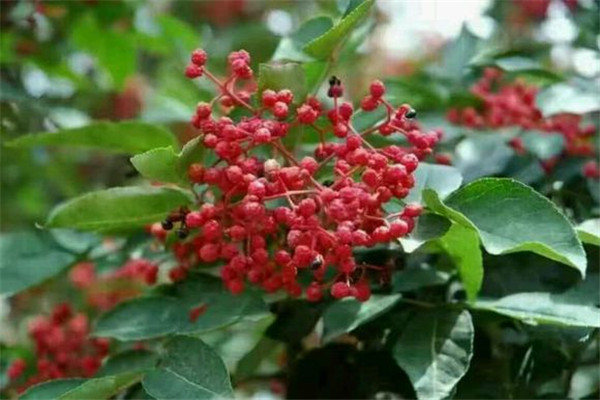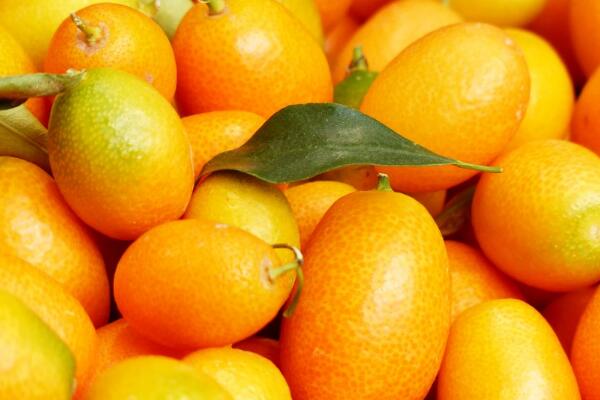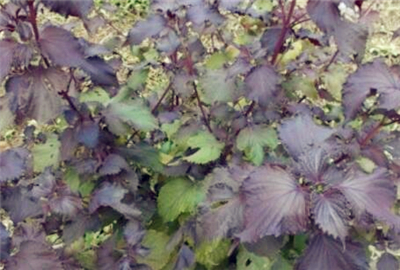How to plant prickly ash? How many years can you bear pepper? How much is the profit per mu of land?
Zanthoxylum bungeanum belongs to Rutaceae, Zanthoxylum bungeanum is a small deciduous tree, formerly known as Zanthoxylum bungeanum, alias Zanthoxylum bungeanum, etc., the thorns on its stems often fall early, branches have short thorns, Zanthoxylum bungeanum trees are drought-resistant, like the sun. Let's introduce how to plant pepper trees respectively. How many years can you bear pepper? What is the profit of one mu of land?

First, how to plant pepper trees?
1. Seed collection
There are many varieties of Zanthoxylum bungeanum. When collecting seeds, plants over 10 years old with strong growth, early fruit, high yield and good quality should be selected as the mother tree. The seeds should be dried and can not be exposed to the sun to prevent high temperature damage and loss of germination power.
2. Seed treatment
After the seeds are dry, remove the blighted seeds with a wind separator. Soak in lye or washing powder water (50 grams of 5kg seed with alkali or washing powder) for two days, scrub by hand to remove fat, and then rinse with clean water.
3. Arrangement of nursery land
The nursery land is best selected in the yellow loam or sandy soil with drainage and irrigation conditions, first ploughing, combined with ploughing mu application of accumulated fertilizer 3000kg or ammonia hydrogen phosphate 50kg, and then rake flat ridge or border.
4. Sowing time and method
It is generally carried out in winter and spring and before the Beginning of Spring, and the sowing method can be border sowing or semi-high bed; the sowing rate is 20kg per mu for selected seeds and about 40kg per mu for unselected seeds.
5. Nursery land management
After sowing, it is necessary to keep the seedling bed moist. When the seedlings are unearthed and grow to 4cm-5cm, the seedlings can be interspersed, and the suitable distance between seedlings is 10cm-12cm. Pepper seedlings when young, to use artificial or chemical weeding, can not use hoe hoe, so as not to hurt the roots of the seedlings. Urea can be applied 3-4 times from June to July, each time at an interval of about 15 days, 5-7.5kg per mu each time, or about 300kg in feces and urine of acquaintances. When the seedlings grow above 60cm, they can go out of the nursery for afforestation.
Second, how many years can prickly ash trees bear pepper?
According to Uncle Kang, a grower in Hunan, Zanthoxylum bungeanum is young from seed germination to flowering and fruiting, which is generally 2-3 years; from the beginning of flowering to the early stage of a large number of fruit, Zanthoxylum bungeanum can blossom and bear fruit a little after 3 years, and increase one after another after 4-5 years. The full fruiting period is that Zanthoxylum bungeanum trees begin to bear a large amount of fruit before senescence, and generally enter a large fruiting period after the 10th year, which is characterized by a significant increase in fruit yield. the general full fruit period is 10 ~ 15 years, and the long one can be as long as 20 years.
Third, how much is the profit of Zanthoxylum bungeanum per mu?
Generally speaking, the profit per mu of Zanthoxylum bungeanum is four or five times the income of corn, and there is no problem that the income per mu is about 5000 yuan. About 70 plants of Chinese prickly ash are planted on one mu of land, and the fruit is hung after two years. After three years, each plant can pick more than 1 jin of dried pepper. Five years later, each plant can pick an average of 2 jin of dried pepper, and after 8 years, each plant can pick about 4 jin of dried pepper. According to the general market price, dried pepper is about 36 yuan per jin. The income per mu will be at least 2600 yuan after three years, 4000 yuan per mu after five years, and 5000,6000 yuan per mu after eight years. The specific income depends on the actual situation, this price is for your reference!
Time: 2019-03-24 Click:
- Prev

What should be paid attention to when planting kumquat seeds? What are the pollution-free cultivation techniques?
Kumquat is a plant of kumquat of Rutaceae, also known as golden jujube, kumquat and small orange. Originally distributed in the coastal provinces of southeastern China, especially in Guangdong, the cultivation and consumption of kumquat has the longest history, and it is a veritable hometown of kumquat. In addition, South China and the middle and lower reaches of the Yangtze River are also widely cultivated.
- Next

How much is wild perilla per jin? How do you plant it? Where is the main distribution?
Wild perilla is produced in Shanxi, Hebei, Hunan, Hubei, Jiangxi, Zhejiang, Jiangsu, Fujian, Taiwan, Guangdong, Guangxi, Yunnan, Guizhou and Sichuan. So how much is the wild perilla per jin? How do you plant it? Where is the main distribution? Perilla price: it is understood
Related
- Fuxing push coffee new agricultural production and marketing class: lack of small-scale processing plants
- Jujube rice field leisure farm deep ploughing Yilan for five years to create a space for organic food and play
- Nongyu Farm-A trial of organic papaya for brave women with advanced technology
- Four points for attention in the prevention and control of diseases and insect pests of edible fungi
- How to add nutrient solution to Edible Fungi
- Is there any good way to control edible fungus mites?
- Open Inoculation Technology of Edible Fungi
- Is there any clever way to use fertilizer for edible fungus in winter?
- What agents are used to kill the pathogens of edible fungi in the mushroom shed?
- Rapid drying of Edible Fungi

